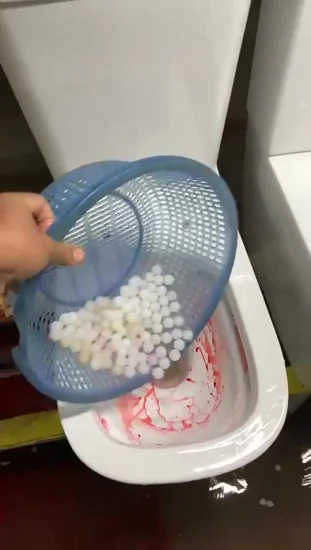Can You to Dispose of Food Down the Toilet?
Can You to Dispose of Food Down the Toilet?
Blog Article
Do you find yourself trying to locate insight concerning What Can Happen If You Flush Food Down the Toilet??

Intro
Many individuals are usually confronted with the dilemma of what to do with food waste, especially when it involves leftovers or scraps. One usual concern that arises is whether it's all right to purge food down the toilet. In this write-up, we'll explore the reasons people may consider purging food, the effects of doing so, and alternate techniques for appropriate disposal.
Reasons why individuals could take into consideration purging food
Absence of awareness
Some people might not know the possible damage triggered by purging food down the commode. They might erroneously think that it's a harmless technique.
Ease
Flushing food down the commode may look like a quick and very easy option to taking care of undesirable scraps, specifically when there's no close-by trash can available.
Idleness
In many cases, individuals might just select to flush food out of large negligence, without considering the repercussions of their activities.
Effects of flushing food down the bathroom
Ecological effect
Food waste that winds up in waterways can add to pollution and injury water ecological communities. Additionally, the water utilized to purge food can stress water sources.
Plumbing concerns
Flushing food can result in clogged pipes and drains pipes, triggering costly plumbing repair work and inconveniences.
Sorts of food that need to not be flushed
Coarse foods
Foods with coarse textures such as celery or corn husks can get entangled in pipes and cause obstructions.
Starchy foods
Starchy foods like pasta and rice can soak up water and swell, bring about obstructions in pipelines.
Oils and fats
Greasy foods like bacon or cooking oils must never ever be flushed down the bathroom as they can solidify and trigger obstructions.
Correct disposal approaches for food waste
Utilizing a garbage disposal
For homes equipped with waste disposal unit, food scraps can be ground up and flushed via the plumbing system. However, not all foods appropriate for disposal in this fashion.
Recycling
Certain food packaging products can be recycled, minimizing waste and reducing environmental influence.
Composting
Composting is an environment-friendly way to deal with food waste. Organic products can be composted and utilized to improve dirt for gardening.
The importance of appropriate waste monitoring
Decreasing ecological harm
Appropriate waste monitoring practices, such as composting and recycling, help lessen air pollution and maintain natural resources for future generations.
Protecting plumbing systems
By staying clear of the technique of flushing food down the commode, property owners can stop expensive plumbing fixings and keep the stability of their pipes systems.
Verdict
To conclude, while it may be alluring to flush food down the toilet for benefit, it is essential to understand the prospective consequences of this activity. By adopting proper waste management techniques and disposing of food waste properly, people can contribute to much healthier pipes systems and a cleaner environment for all.
FLUSH FOOD DOWN THE TOILET?
FLUSHING FOOD CAN CAUSE BLOCKED DRAINS IN YOUR HOME
All of the plumbing fixtures in your home are connected to the same sewer pipe outside of your home. This outdoor sewer pipe is responsible for transporting all the wastewater from your home to the Council sewer mains. Even small pieces of food that go down the kitchen sink can cause problems for your sewer. It should therefore be obvious that flushing larger bits of food, such as meat, risks a clog in either the toilet itself or the sewer pipes. Flushing greasy food is even more problematic because oil coagulates when it cools, coating the interior lining of your pipes.
THE TOILET IS NOT A BIN
Food isn’t the only thing that people shouldn’t be flushing down the toilet. People use the toilet to dispose of all kinds of things such as tampons, makeup wipes, dental floss, kitty litter and even underwear. Water goes to great lengths to educate residents about the high costs and stress placed on wastewater treatment systems simply from people flushing the wrong stuff down the toilet. It costs taxpayers millions of dollars each year, and homeowners thousands in blocked drain repairs.
FLUSHING FOOD IS A WASTE OF WATER
Flushing food is a waste of our most precious resource - water. In June this year Level 1 water restrictions were introduced to protect water supply from drought conditions. Much of New South Wales continues to be affected by prolonged drought with recent figures revealing up to 97 per cent of the state remains in drought. Depending on whether you have a single or dual flush toilet, every single flush uses between five and 11 litres of water. In the current climate this is a huge amount of water to be wasting on flushing food that should be placed in the bin (or better yet, the compost).
https://www.jabplumbingsolutions.com.au/blog/can-you-flush-food-down-the-toilet

I discovered that review about Flushing Food Down the Toilet? when doing a lookup on the internet. Sharing is nice. Helping others is fun. I love your readership.
Booking Page Report this page